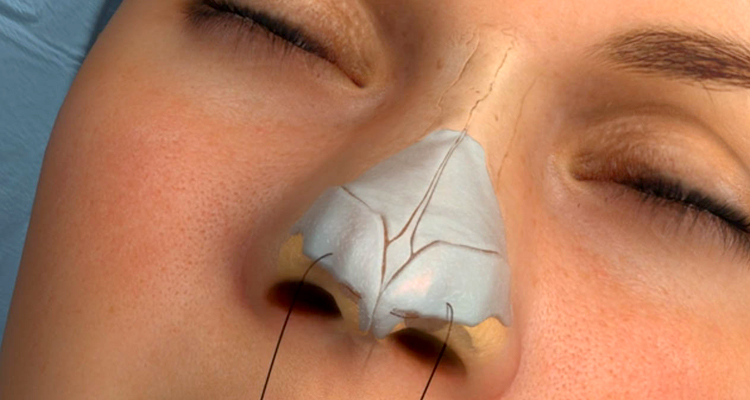
Rhinoplasty
Rhinoplasty, commonly known as a "nose job," is a surgical procedure that aims to reshape or resize the nose for aesthetic or functional purposes. It's one of the most commonly performed cosmetic surgeries globally. Rhinoplasty can address various concerns related to the appearance and function of the nose, including:
-
Cosmetic Concerns:
- Nose Size: Rhinoplasty can reduce or increase the overall size of the nose to achieve better facial balance and harmony.
- Nose Shape: The shape of the nose, including the bridge, tip, and nostrils, can be altered to address bumps, asymmetry, or a bulbous tip.
- Nasal Profile: The profile of the nose, particularly the relationship between the nasal bridge and tip, can be adjusted to create a more pleasing contour.
- Nasal Width: Rhinoplasty can narrow or widen the nasal bridge or nostrils to improve overall nasal proportions.
- Nasal Tip: Refinement of the nasal tip, including reshaping, lifting, or defining it, is a common goal of rhinoplasty.
-
Functional Concerns:
- Breathing Problems: Rhinoplasty can correct structural issues within the nose, such as a deviated septum, nasal valve collapse, or enlarged turbinates, to improve airflow and alleviate breathing difficulties.
- Nasal Trauma: Rhinoplasty can reconstruct and repair the nose following trauma or injury, restoring its appearance and function.
The rhinoplasty procedure typically involves making incisions inside the nostrils (closed rhinoplasty) or across the columella (the strip of tissue between the nostrils) in open rhinoplasty. Through these incisions, the surgeon accesses the underlying bone and cartilage to reshape and sculpt the nose according to the patient's goals. Cartilage grafts may be used to add structure or support, and bone may be shaved or repositioned to achieve the desired result.
Recovery from rhinoplasty varies from person to person but generally involves some swelling, bruising, and discomfort for the first few days to weeks. Most patients can return to normal activities within one to two weeks, although final results may take several months to fully manifest as swelling subsides and the nose settles into its new shape.
It's crucial for individuals considering rhinoplasty to have a thorough consultation with a board-certified plastic surgeon or facial plastic surgeon who specializes in nasal surgery. During the consultation, the surgeon will assess the patient's nasal anatomy, discuss their goals and expectations, and formulate a personalized treatment plan to achieve the desired outcome.
Book Appointment